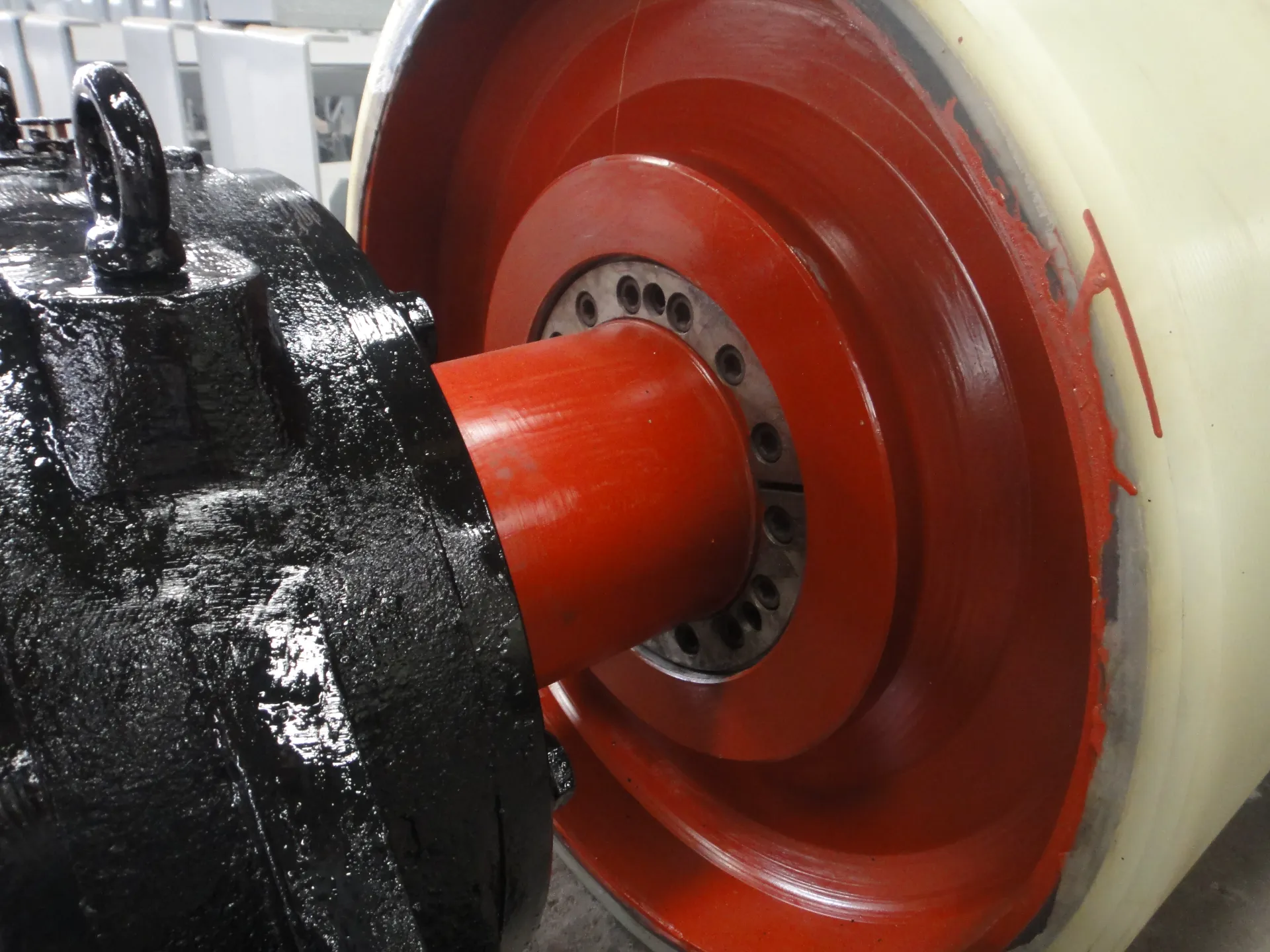 Afrikaans
Afrikaans  Albanian
Albanian  Amharic
Amharic  Arabic
Arabic  Armenian
Armenian  Azerbaijani
Azerbaijani  Basque
Basque  Belarusian
Belarusian  Bengali
Bengali  Bosnian
Bosnian  Bulgarian
Bulgarian  Catalan
Catalan  Cebuano
Cebuano  Corsican
Corsican  Croatian
Croatian  Czech
Czech  Danish
Danish  Dutch
Dutch  English
English  Esperanto
Esperanto  Estonian
Estonian  Finnish
Finnish  French
French  Frisian
Frisian  Galician
Galician  Georgian
Georgian  German
German  Greek
Greek  Gujarati
Gujarati  Haitian Creole
Haitian Creole  hausa
hausa  hawaiian
hawaiian  Hebrew
Hebrew  Hindi
Hindi  Miao
Miao  Hungarian
Hungarian  Icelandic
Icelandic  igbo
igbo  Indonesian
Indonesian  irish
irish  Italian
Italian  Japanese
Japanese  Javanese
Javanese  Kannada
Kannada  kazakh
kazakh  Khmer
Khmer  Rwandese
Rwandese  Korean
Korean  Kurdish
Kurdish  Kyrgyz
Kyrgyz  Lao
Lao  Latin
Latin  Latvian
Latvian  Lithuanian
Lithuanian  Luxembourgish
Luxembourgish  Macedonian
Macedonian  Malgashi
Malgashi  Malay
Malay  Malayalam
Malayalam  Maltese
Maltese  Maori
Maori  Marathi
Marathi  Mongolian
Mongolian  Myanmar
Myanmar  Nepali
Nepali  Norwegian
Norwegian  Norwegian
Norwegian  Occitan
Occitan  Pashto
Pashto  Persian
Persian  Polish
Polish  Portuguese
Portuguese  Punjabi
Punjabi  Romanian
Romanian  Russian
Russian  Samoan
Samoan  Scottish Gaelic
Scottish Gaelic  Serbian
Serbian  Sesotho
Sesotho  Shona
Shona  Sindhi
Sindhi  Sinhala
Sinhala  Slovak
Slovak  Slovenian
Slovenian  Somali
Somali  Spanish
Spanish  Sundanese
Sundanese  Swahili
Swahili  Swedish
Swedish  Tagalog
Tagalog  Tajik
Tajik  Tamil
Tamil  Tatar
Tatar  Telugu
Telugu  Thai
Thai  Turkish
Turkish  Turkmen
Turkmen  Ukrainian
Ukrainian  Urdu
Urdu  Uighur
Uighur  Uzbek
Uzbek  Vietnamese
Vietnamese  Welsh
Welsh  Bantu
Bantu  Yiddish
Yiddish  Yoruba
Yoruba  Zulu
Zulu types of pulley in conveyor belt
Types of Pulley in Conveyor Belts
Conveyor belts are integral components in a wide range of industries, from mining and manufacturing to food processing and logistics. They play a crucial role in transporting materials efficiently. Central to the operation of these conveyor systems are pulleys, which guide, support, and drive the belts. Understanding the various types of pulleys used in conveyor belts can help in selecting the right equipment and optimizing performance for specific applications.
1. Drive Pulleys
Drive pulleys, also known as head pulleys, are one of the most significant components of a conveyor system. They are typically located at the discharge end of the conveyor and are responsible for driving the belt forward. The drive pulley is connected to a motor, which provides the necessary torque to move the belt and its load. These pulleys are designed to withstand high levels of tension and wear, and they often have special features such as lagging, which increases friction and prevents slippage.
2. Idler Pulleys
Idler pulleys, located along the conveyor's length, have a different function. They support and guide the conveyor belt, ensuring that it remains taut and properly aligned. Idler pulleys minimize belt sagging and help maintain the belt's trajectory, reducing the risk of damage and misalignment. These pulleys can be stationary or movable, with designs that include flat, crowned, or tapered shapes, depending on the specific requirements of the conveyor system.
3. Tail Pulleys
Located at the loading end of the conveyor belt, tail pulleys play a crucial role in keeping the belt in place. These pulleys help support the belt and maintain its tension, becoming pivotal when it comes to preventing slippage during the load transfer process. Tail pulleys are usually designed with a smaller diameter than drive pulleys, and like drive pulleys, they may also feature lagging to enhance grip.
types of pulley in conveyor belt

4. Return Pulleys
Return pulleys are found on the underside of the conveyor system. Their primary purpose is to support the belt as it returns to the drive pulley after unloading. Return pulleys help maintain the proper tension throughout the entirety of the system, ensuring that the belt remains aligned and properly functioning. They can also have various designs and features, depending on their specific use case, such as flat or crowned surfaces to prevent the belt from slipping off.
5. Snub Pulleys
Snub pulleys are utilized in conveyor systems to redirect the belt and increase tension. They are primarily placed near the drive pulley to add an additional angle to the belt path. This adjustment can enhance friction between the belt and the drive pulley, improving the system's overall performance. Snub pulleys are an essential component when optimizing a conveyor belt's operation, particularly in applications involving heavy loads.
6. Guide Pulleys
Guide pulleys, or alignment pulleys, are used to maintain belt alignment and prevent tracking problems. They are positioned strategically along the conveyor's length to ensure that the belt remains centered and aligned with the pulleys. Misalignment can lead to premature wear and damage to the belt, so guide pulleys are vital for maintaining the longevity of the conveyor system.
Conclusion
The various types of pulleys employed in conveyor belt systems each serve distinct purposes that contribute to the overall efficiency and effectiveness of material handling processes. Understanding these roles is critical for system design, maintenance, and optimization. Whether it's the driving force of the drive pulley, the tension-maintaining tail and return pulleys, or the guiding influence of idler and guide pulleys, each component plays a vital role in ensuring smooth operations. By carefully selecting and maintaining the right type of pulleys for specific conveyor applications, industries can enhance productivity, minimize downtime, and prolong the lifespan of their equipment. Whether you're designing a new conveyor system or upgrading an existing one, acknowledging the importance of each pulley type will lead to better performance and reliability.
-
Trusted Conveyor Solutions from Leading Conveyor Idler Roller ManufacturersNewsJun.27,2025
-
Reliable Return Idler Solutions for Efficient Belt Conveyor SystemsNewsJun.27,2025
-
Precision Conveyor Accessories for Streamlined Material HandlingNewsJun.27,2025
-
High-Quality Belt Conveyor Idler Solutions for Efficient Material HandlingNewsJun.27,2025
-
High-Performance Belt Conveyor Pulleys for Reliable Material HandlingNewsJun.27,2025
-
Enhancing Material Handling EfficiencyNewsJun.27,2025





























